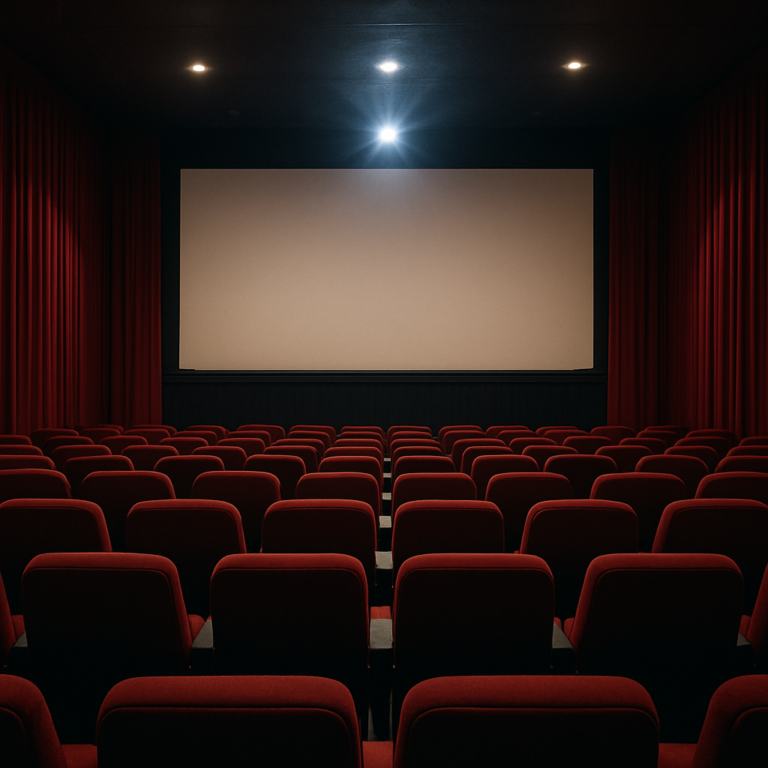Romantic comedies, or “rom-coms”, have been a staple in the world of film and entertainment for decades. From the classic screwball comedies of the 1930s to the more modern takes on romance in the 21st century, these films continue to capture our hearts and make us laugh. But how have they evolved over time and what impact have they had on society? In this article, we will take a closer look at the evolution and impact of romantic comedies over time.
The Birth of Romantic Comedies:
The roots of romantic comedies can be traced back to the early days of cinema in the 1920s and 1930s. During this time, Hollywood was still in its infancy, and filmmakers were experimenting with different genres and formulas. It was during this period that the first romantic comedies emerged, combining elements of romance and comedy to tell light-hearted stories about love.
One of the earliest examples of a romantic comedy is “It Happened One Night” (1934), starring Clark Gable and Claudette Colbert. This film set the template for many romantic comedies to come, with its witty banter, unlikely lovers, and happy ending. It was a huge success at the box office and won five Academy Awards, paving the way for more romantic comedies to be made in Hollywood.
The Golden Age:
The 1940s and 1950s are considered the “Golden Age” of romantic comedies. With the rise of technicolor and advances in film technology, filmmakers were able to create visually stunning romantic comedies that captured the hearts of audiences worldwide. During this time, Hollywood churned out classic rom-coms such as “The Philadelphia Story” (1940), “Roman Holiday” (1953), and “Sabrina” (1954).
These films not only entertained audiences but also reflected the changing attitudes towards love and relationships in society. In the 1940s, the war had brought about a sense of uncertainty and anxiety, and romantic comedies provided a much-needed escape from reality. They offered a glimpse into a world where love conquered all and happily ever afters were possible.
The Influence of the ’60s and ’70s:
The 1960s and 1970s brought about a cultural revolution, and this was reflected in the romantic comedies of the time. Films like “Breakfast at Tiffany’s” (1961) and “The Graduate” (1967) challenged traditional notions of love and romance, showcasing more complex and unconventional relationships on screen. These films also tackled social issues such as gender roles and sexual freedom, making them both entertaining and thought-provoking.
The ’80s and ’90s: The Rise of the Rom-Com
The ’80s and ’90s saw a surge in the production of romantic comedies, with many becoming box office hits. These decades saw the rise of the “Brat Pack” films, starring young heartthrobs like Molly Ringwald and John Cusack. These films, such as “Pretty in Pink” (1986) and “Say Anything” (1989), appealed to a younger audience and became cult classics.
The 1990s also saw the emergence of romantic comedies with strong female leads, such as “Sleepless in Seattle” (1993) and “You’ve Got Mail” (1998). These films challenged gender stereotypes and portrayed women as independent and empowered in their pursuit of love.
Modern Rom-Coms:
In recent years, romantic comedies have continued to evolve and adapt to the ever-changing landscape of society. While some traditional rom-com tropes still remain, there has been a shift towards more diverse and inclusive storytelling. Films like “Crazy Rich Asians” (2018) and “Love, Simon” (2018) have brought representation to the forefront, showcasing love stories from different cultures and perspectives.
Moreover, with the rise of streaming services, we have seen a resurgence of the romantic comedy genre. Platforms like Netflix, Hulu, and Amazon Prime have allowed for more diverse and experimental rom-coms to be made, appealing to a wider range of audiences.
The Impact of Romantic Comedies:
Romantic comedies have undoubtedly had a significant impact on society. They have shaped our perceptions of love, relationships, and gender roles. In the early days, they provided escapism and hope during times of hardship and uncertainty. As society evolved, so did the themes and messages portrayed in romantic comedies, reflecting the changing attitudes towards love and relationships.
Additionally, romantic comedies have also had a significant influence on fashion, pop culture, and even language. Iconic lines like “You had me at hello” from “Jerry Maguire” (1996) or “I’ll have what she’s having” from “When Harry Met Sally” (1989) have become part of our everyday lexicon.
However, romantic comedies have also faced criticism for perpetuating unrealistic expectations about love and relationships. Many argue that these films often present unhealthy and unrealistic ideas about love and can contribute to toxic relationship dynamics.
In conclusion, romantic comedies have come a long way since the screwball comedies of the 1930s. They have evolved with society, reflecting changing attitudes towards love and relationships while still providing entertainment and escapism. Whether we love them or hate them, there is no denying the lasting impact that romantic comedies have had on our culture and will continue to have in the future.


